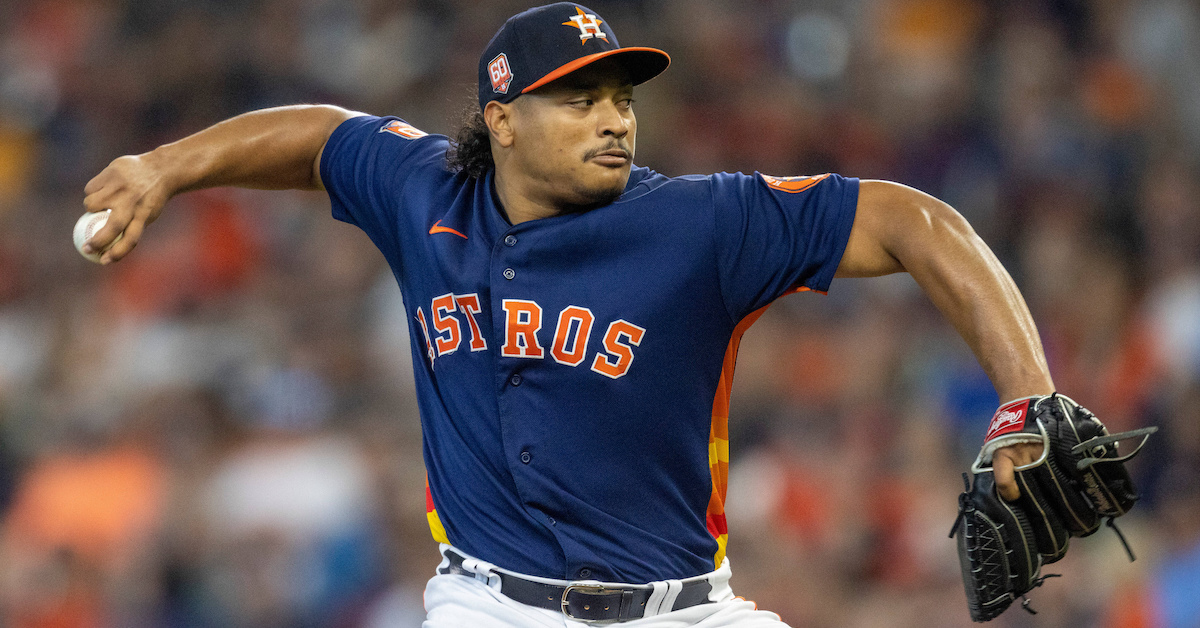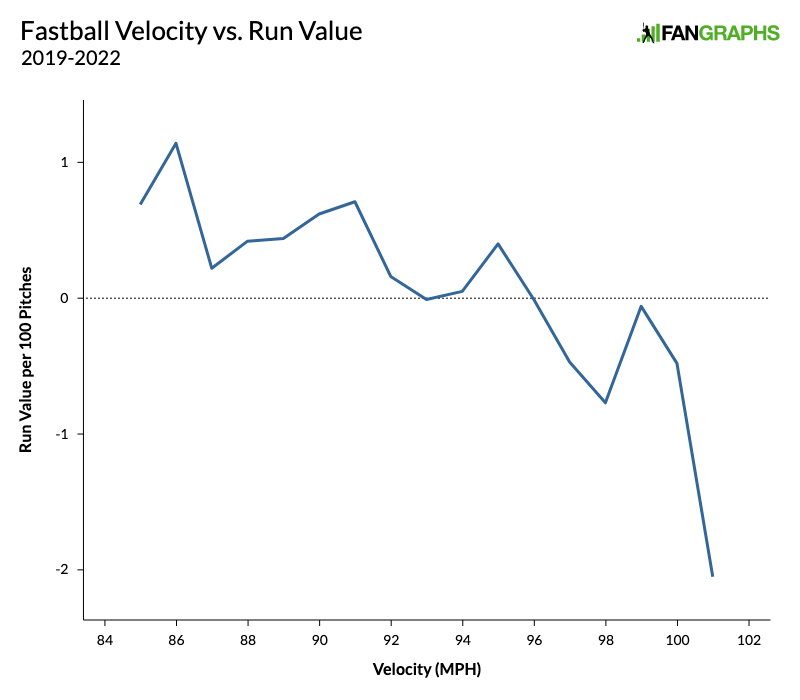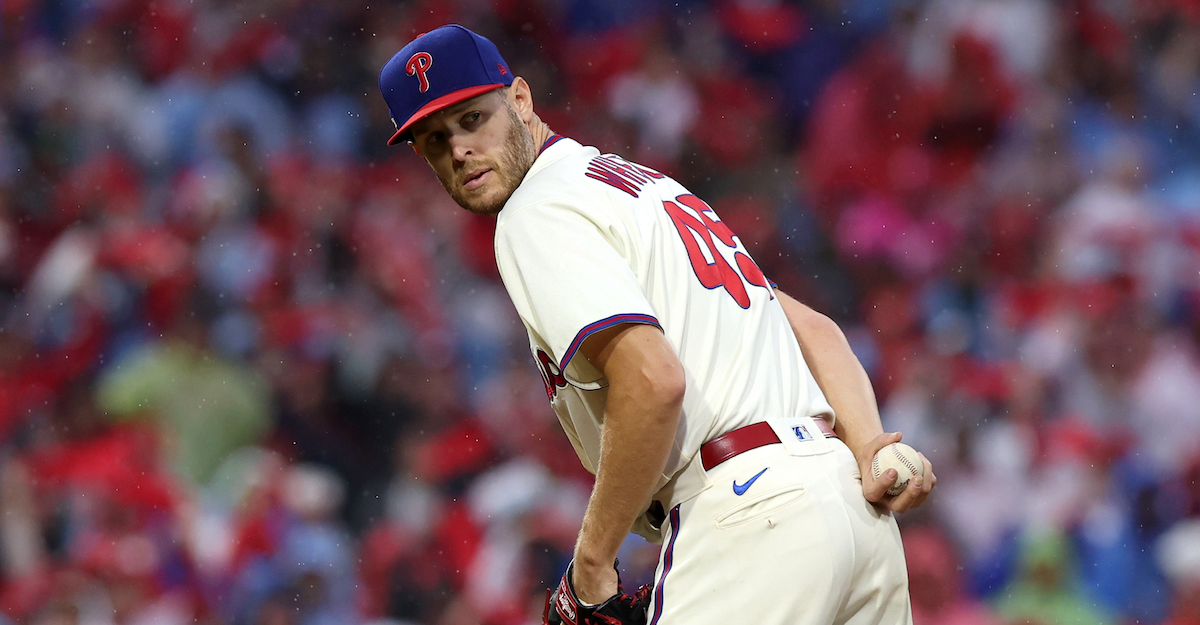International Scouting Analyst
Job Title: International Scouting Analyst
Department: Baseball Operations – International Scouting
Reports To: Assistant Director, Player Development & International Scouting
FLSA: Salary, Exempt
Job Purpose:
To support the International Scouting Department through statistical research and analysis,
video and data capture, scouting coverage, statistical research and analysis, and administrative duties.
Essential Duties and Responsibilities:
- Develop and integrate new tools and technology to improve decision-making processes.
- Advanced statistical analysis of players.
- Coordinate data intake from multiple countries.
- Operate various tracking technologies to evaluate players.
- Introductory-level player evaluation, including scouting and writing reports on assignment.
- Assist with video and high-frame rate video capture of pitchers and hitters.
- Edit, trim, and combine video clips.
- General administrative, logistical, and organizational support for International Scouting processes.
- Complete necessary documents and administrative duties in a professional and thorough manner.
- Coordinate efficient travel arrangements.
- Complete expense reports in a timely and professional manner.
- Full and complete knowledge of Major League Baseball rules and regulations.
Knowledge, Skills, and Abilities:
- Strong work ethic and willingness to work long, flexible hours including weekends and holidays.
- Advanced baseball knowledge from both a scouting and statistical perspective.
- Ability to understand and interpret TrackMan and Rapsodo data.
- Strong organizational and time-management skills.
- Knowledge of statistical analysis and/or predictive modeling.
- Demonstrated experience with database querying (SQL) and statistical software (e.g. R, Python).
- Understanding of typical baseball data structures and knowledge of current baseball research, statistics and strategy.
- Ability to communicate effectively with all aspects of Baseball Operations, Scouting, and Player Development.
- Independent judgment and ability to multitask is required to plan, prioritize, and organize diversified workload.
- Ability to work as part of a team.
Experience, Education and Licensure
- Bachelor’s degree preferred.
- Experience playing and/or working in college and/or professional baseball/softball preferred.
- Basic understanding of video management, storage and backup preferred.
Requirements:
- Spoken and written fluency in English.
- Spanish fluency preferred.
- Ability and willingness to travel within and out of the United States for extended periods of time and occasionally on short notice.
- Willing to relocate within the United States if necessary to meet the needs of the organization.
Expectations:
- Adhere to Cincinnati Reds Organization Policies and Procedures.
- Act as a role model within and outside the Cincinnati Reds Organization.
- Perform duties as workload necessitates.
- Demonstrate flexible and efficient time management and ability to prioritize workload.
- Meet department productivity standards.
- Willingness to learn. Open to new methodologies.
Equal Opportunity Statement:
The Cincinnati Reds are an Equal Opportunity Employer. It is the policy of the Cincinnati Reds to ensure equal employment opportunity without discrimination or harassment on the basis of race, color, national origin, religion or creed, sex, age, military or veteran status, disability, citizenship status, marital status, genetic predisposition or carrier status, sexual orientation or any other characteristic protected by law.
Disclaimer:
The statements herein are intended to describe the general nature and level of work being performed by the employee in this position. The above description is only a summary of the typical functions of the job, not an exhaustive or comprehensive list of all possible job responsibilities, tasks, and duties. Additional duties, as assigned, may become part of the job function. The duties listed above is, therefore, a partial representation not intended to be an exhaustive list of all responsibilities, duties, and skills required of a person in this position.
To Apply:
To apply, please follow this link.
The content in this posting was created and provided solely by the Cincinnati Reds.







